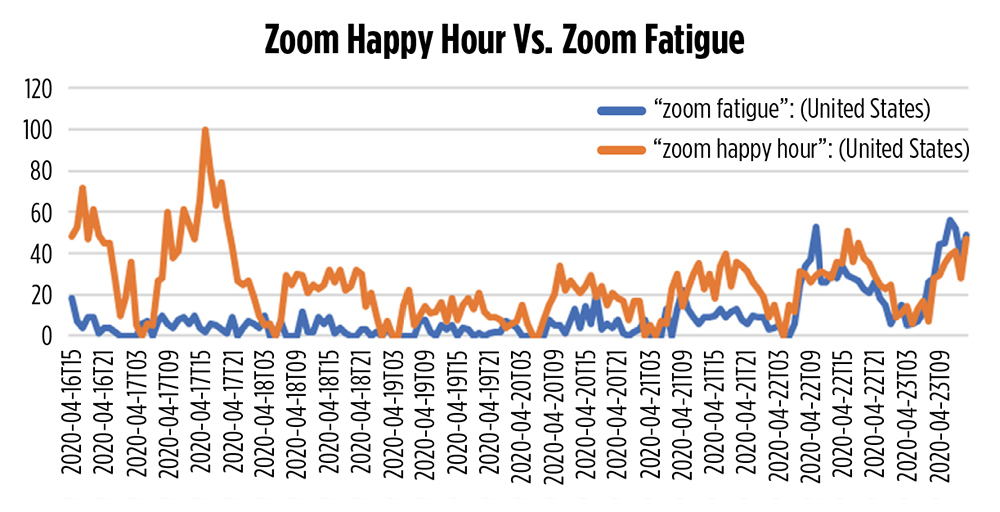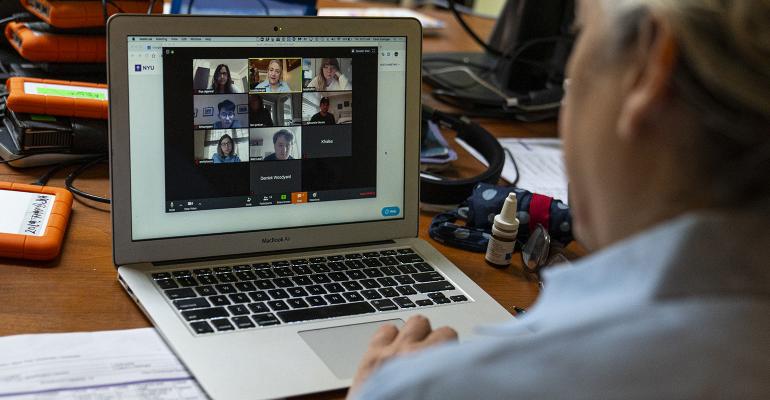I’m sure many of you look at our coverage and say, “Not more ‘working remotely’ stories. Haven’t we seen enough of those?”
I’d agree we have moved beyond the stage where the new working environment is, in fact, new. And I am sure advisors are growing tired of all the admonishments buried in articles about what advisors “must” or “should” be doing to deal with the reality, whether in remote work or otherwise.
I hope our coverage demonstrates we’re moving into a second stage. As Davis Janowski’s article points out, we really have no idea about what security or data privacy risks advisors, and clients, are taking. It’s not just VPNs and two-step verification; there are vulnerabilities few of us have thought about. Open WiFi networks, unsecured Zoom meetings, phishing scams that prey on our unfamiliarity with new workflows—we don’t know what we don’t know.
Early on, every advisor I spoke with had a similar story: business continuity plans were executed, teams were working remotely, and, with minor exceptions, everything went off without a hitch. I’ll bet time will give us a clearer view; watch for a jump in regulators calling out cybersecurity flaws and breaches in firms’ remote work systems.
Another risk? Burnout with the new normal. The tone of articles in the consumer media has turned from Zoom parties to Zoom fatigue. Consider this chart from Google Trends on the popularity of the search terms over the past seven days:

Videoconferencing may be more physically draining than face-to-face meetings. There is no eye contact nor the nonverbal cues we rely on to navigate social interactions. “The whole experience … feels to us like an extended bout of direct staring at other people staring back at us. That’s draining, which is why it’s not what actually happens when we meet in person, where we only occasionally look right at one another,” according to a recent Axios article.
A recent BBC post pointed to a research study that showed the frequent delayed response times in videoconferencing lead to negative impressions: “Even delays of 1.2 seconds made people perceive the responder as less friendly or focused.” Not the impression you want to leave with clients. At the risk of adding to your pile of unsolicited advice, try this: Don’t pressure yourself to meet with clients virtually. Send some easy-to-read documents instead. They may even like you more if you do.
David Armstrong

Editor-In-Chief





